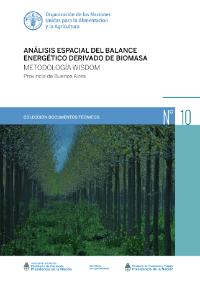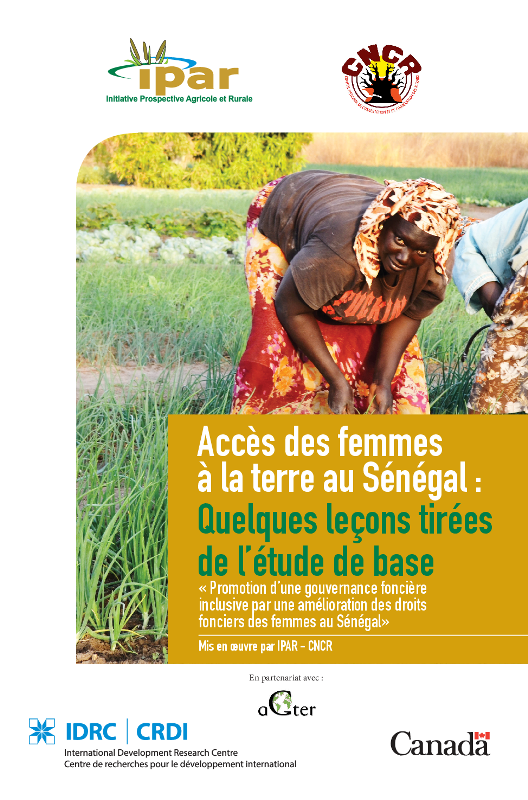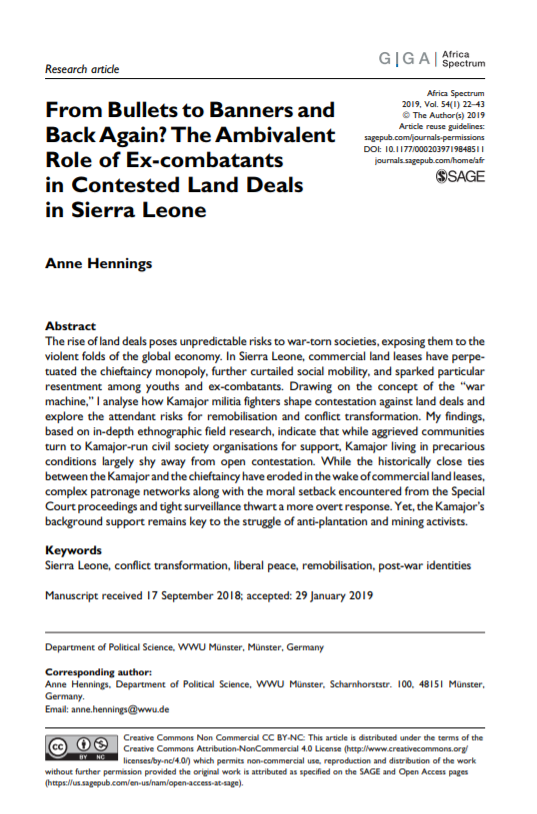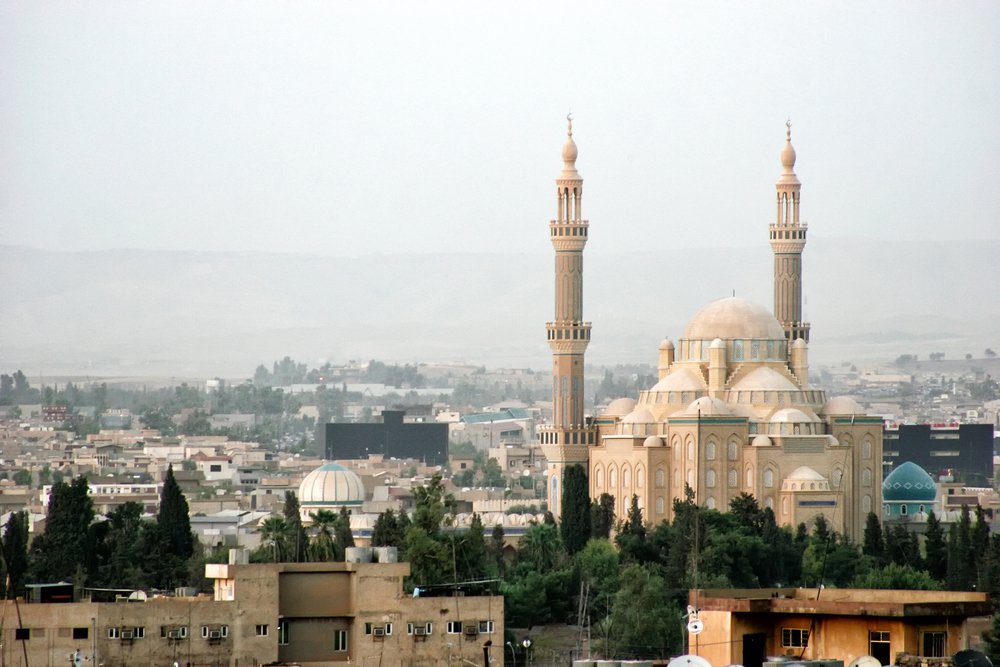Análisis espacial del balance energético derivado de biomasa. Metodología WISDOM Provincia de Buenos Aires
Este estudio ha tenido como eje identificar, localizar y cuantificar la disponibilidad y el consumo de los recursos biomásicos en la provincia de Buenos
Aires, con el fin de promover el desarrollo de la energía renovable. En este sentido y siguiendo criterios de sustentabilidad, se realizó un diagnósticoprovincial de la oferta y la demanda de combustibles derivados de la biomasa y se obtuvo un balance bioenergético a nivel provincial, que fue desagregado











